Success of concrete and crab traps in facilitating Eastern oyster
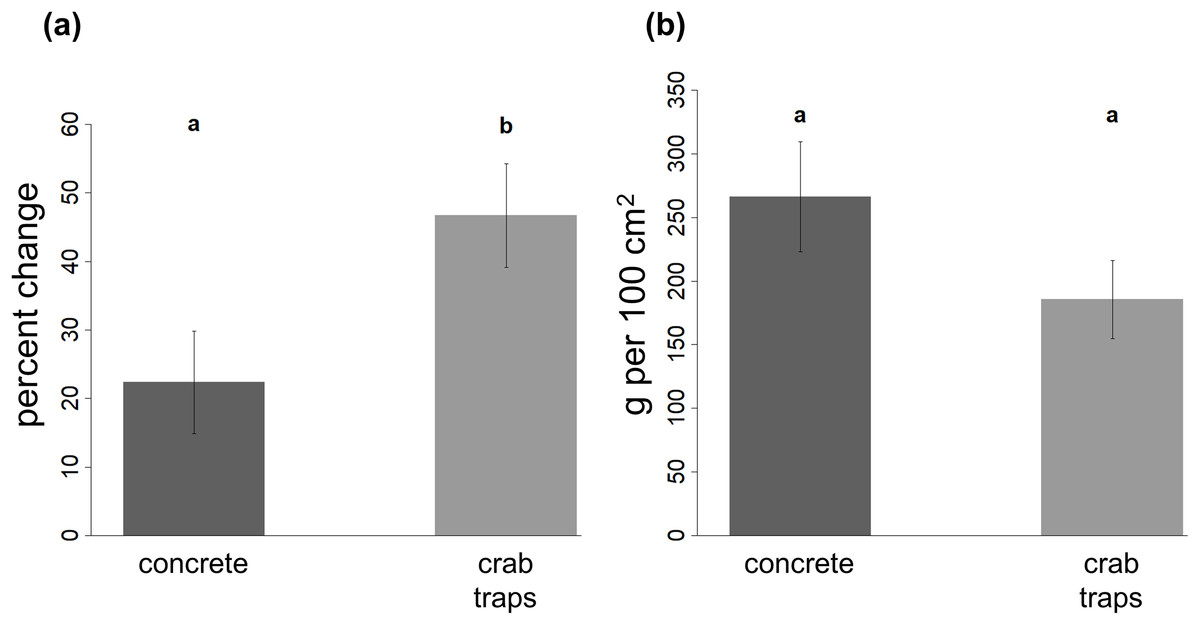
Background Abundance of the commercially and ecologically important Eastern oyster, Crassostrea virginica, has declined across the US Eastern and Gulf coasts in recent decades, spurring substantial efforts to restore oyster reefs. These efforts are widely constrained by the availability, cost, and suitability of substrates to support oyster settlement and reef establishment. In particular, oyster shell is often the preferred substrate but is relatively scarce and increasingly expensive. Thus, there is a need for alternative oyster restoration materials that are cost-effective, abundant, and durable. Methods We tested the viability of two low-cost substrates—concrete and recycled blue crab (Callinectes sapidus) traps—in facilitating oyster recovery in a replicated 22-month field experiment at historically productive but now degraded intertidal oyster grounds on northwestern Florida’s Nature Coast. Throughout the trial, we monitored areal oyster cover on each substrate; at the end of the trial, we measured the densities of oysters by size class (spat, juvenile, and market-size) and the biomass and volume of each reef. Results Oysters colonized the concrete structures more quickly than the crab traps, as evidenced by significantly higher oyster cover during the first year of the experiment. By the end of the experiment, the concrete structures hosted higher densities of spat and juveniles, while the density of market-size oysters was relatively low and similar between treatments. The open structure of the crab traps led to the development of larger-volume reefs, while oyster biomass per unit area was similar between treatments. In addition, substrates positioned at lower elevations (relative to mean sea level) supported higher oyster abundance, size, and biomass than those less frequently inundated at higher elevations. Discussion Together, these findings indicate that both concrete and crab traps are viable substrates for oyster reef restoration, especially when placed at lower intertidal elevations conducive to oyster settlement and reef development.
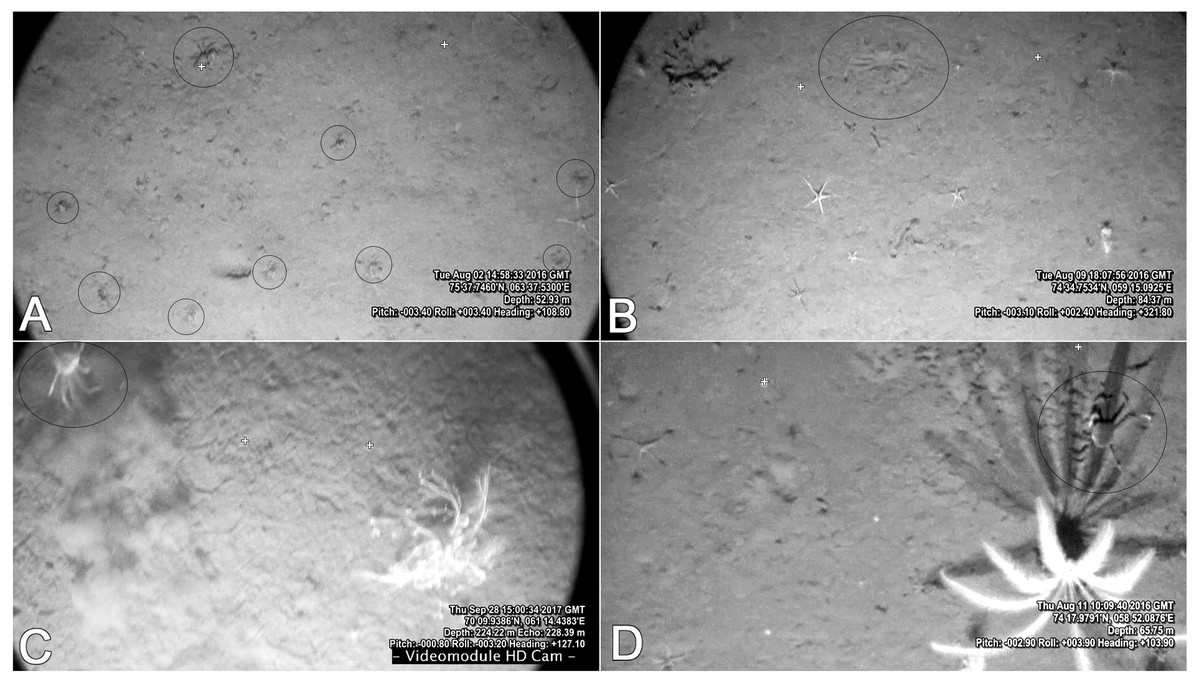
Combining data from different sampling methods to study the development of an alien crab Chionoecetes opilio invasion in the remote and pristine Arctic Kara Sea [PeerJ]
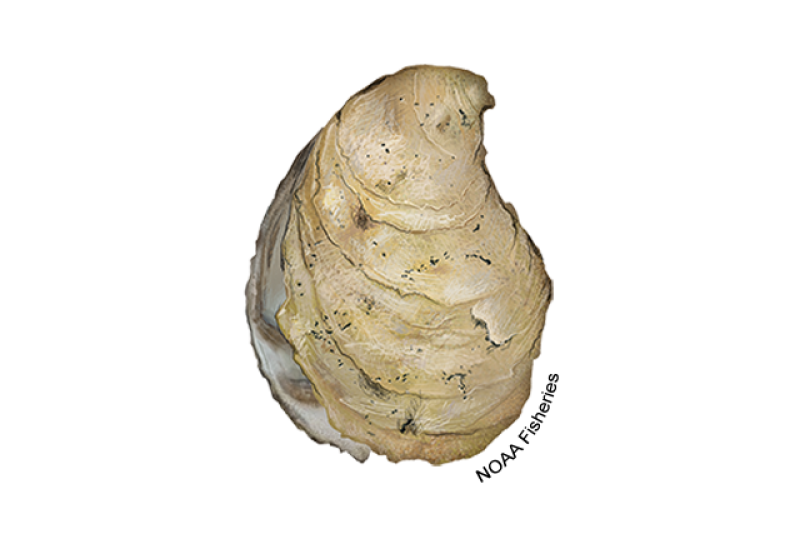
Eastern Oyster NOAA Fisheries

Oysters need help coming back to the Bay. Can chickens help?
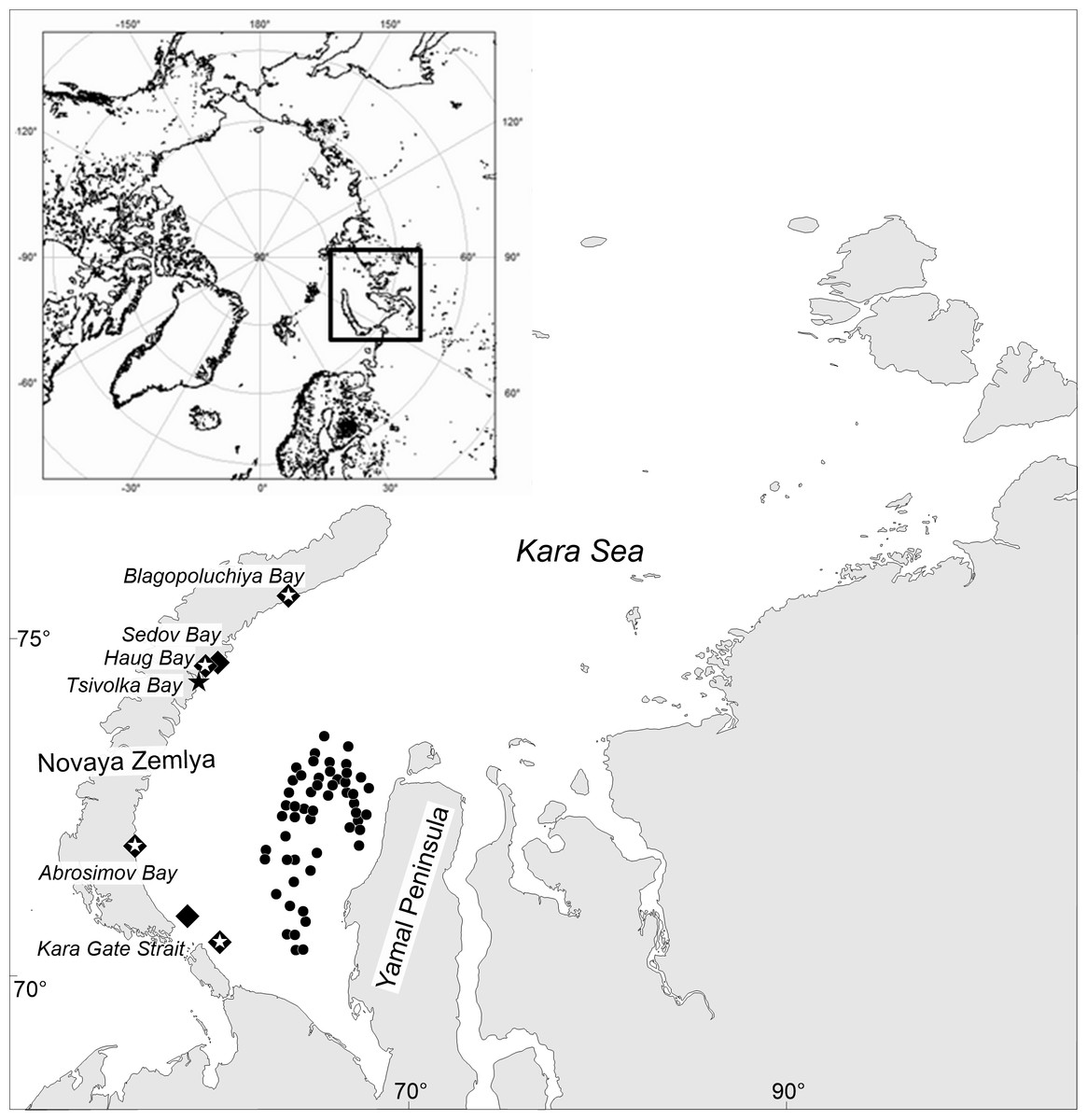
Combining data from different sampling methods to study the development of an alien crab Chionoecetes opilio invasion in the remote and pristine Arctic Kara Sea [PeerJ]

Emma Johnson P.E. on LinkedIn: Success of concrete and crab traps in facilitating Eastern oyster…

Increasing habitat complexity on seawalls: Investigating large‐ and small‐scale effects on fish assemblages - Morris - 2017 - Ecology and Evolution - Wiley Online Library

Miles Medina, PhD - President/Scientist - ECCO Scientific

Oysters and the Ecosystem - ScienceDirect
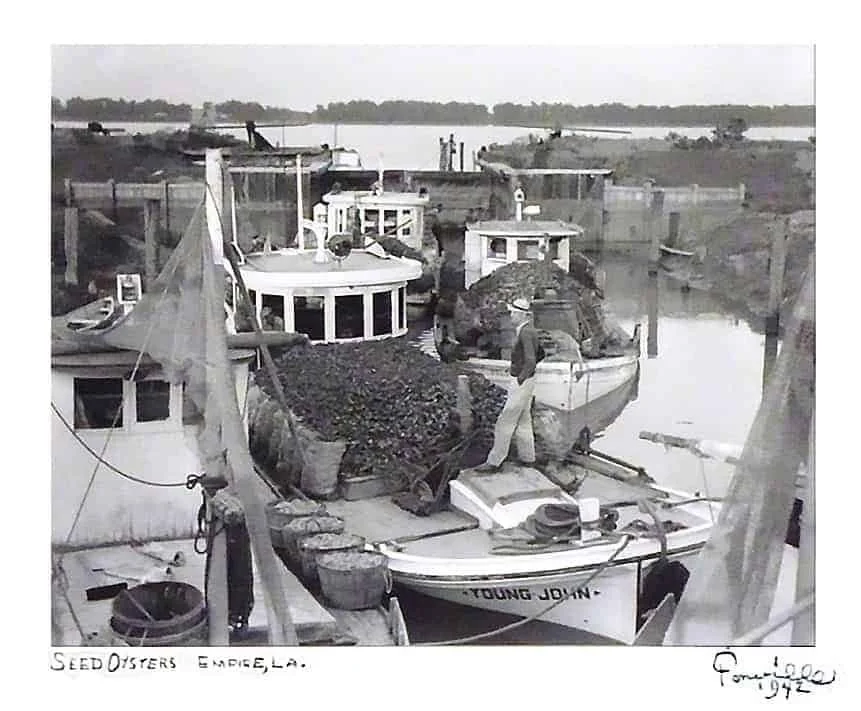
Blog — Delta Discovery Tours

Oyster breakwater reefs promote adjacent mudflat stability and salt marsh growth in a monsoon dominated subtropical coast

Mean oyster width and height for each of the sample locations and three